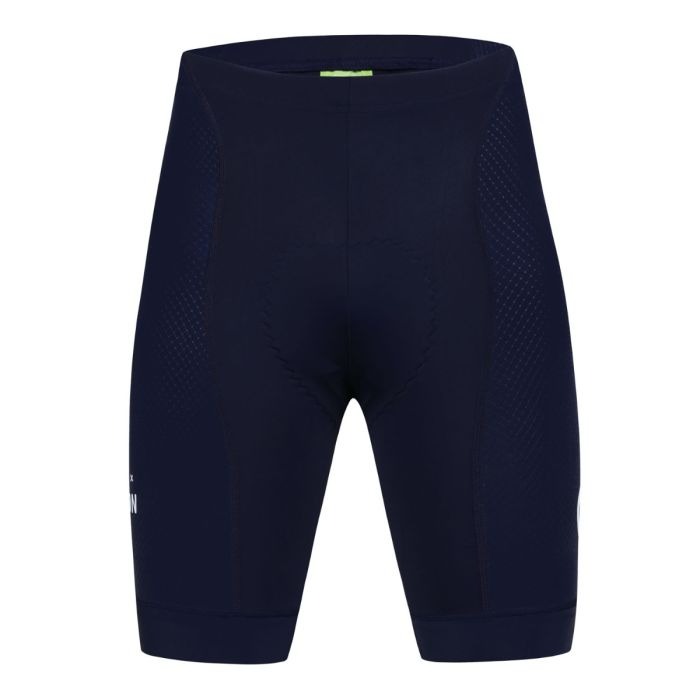Introduction to Cycling Shorts
How are cycling shorts supposed to fit? Cycling shorts, often simply called bike shorts, are special shorts for bike riding. They’re snug and stretchy, promoting ease in every pedal. Inside, they hold a pad, called a chamois, aiding comfort and protecting your skin from chafe.
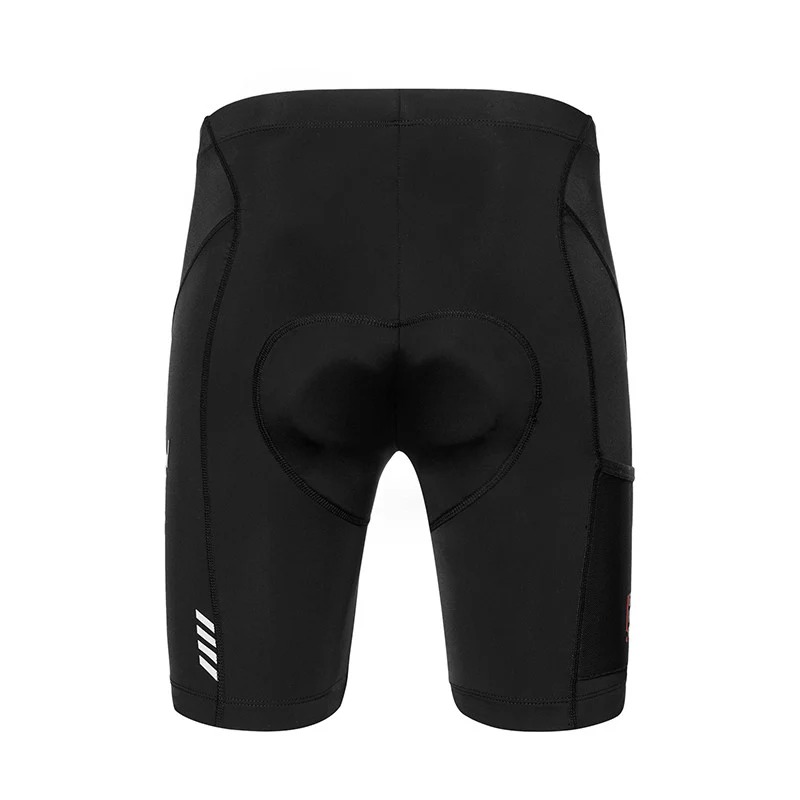
Benefits of Wearing Cycling Shorts
Wearing the right cycle shorts brings much good. They lessen skin irritation and saddle discomfort. With padding just where needed, they also help in preventing nerve compression. Moreover, good shorts wick away sweat, keeping you dry and lessening friction.
Key Considerations When Selecting Cycling Shorts
Selecting the right cycling shorts can elevate your riding experience significantly. When choosing shorts, pay particular attention to two main aspects: the fit and the chamois padding.
Importance of a Proper Fit for Cycling Shorts
A proper fit is crucial for cycling shorts. They should contour to your body snugly but not be too tight to cause discomfort. Look for a fit that prevents shorts from bunching or slipping as you ride. Ensure there’s no pinching at the waist or thigh and that movement feels unrestricted. The elastic bands should be secure yet gentle to avoid saddle slippage or skin irritation.
Understanding Chamois Padding and Its Role
Chamois padding in cycling shorts protects and comforts. The pad should align well with your sit bones, absorbing shocks and reducing pressure points. Modern chamois are made from advanced materials like foam or gel, catering to different riding styles. Whether you’re on a rocky trail or a smooth road, the right chamois padding minimizes saddle soreness, enabling longer rides.
Types of Cycling Shorts
Choosing the correct type of cycling shorts is key for optimal comfort. There are different shorts for various cycling activities which cater to the specific needs of each discipline.
Differences Between Road, MTB, and Triathlon Shorts
Road cycling shorts are form-fitting and designed for aerodynamics and speed. They feature a close-cut and often have a more padded chamois for longer rides on smoother surfaces. MTB (Mountain Biking) shorts have a looser fit, which allows for more movement. They might come with a padded liner and a durable outer layer to withstand the rough trails. Triathlon shorts have a thinner, quick-drying chamois to facilitate swift transitions between swimming, biking, and running.
Road shorts are sleek; MTB shorts are rugged; Triathlon shorts are versatile.
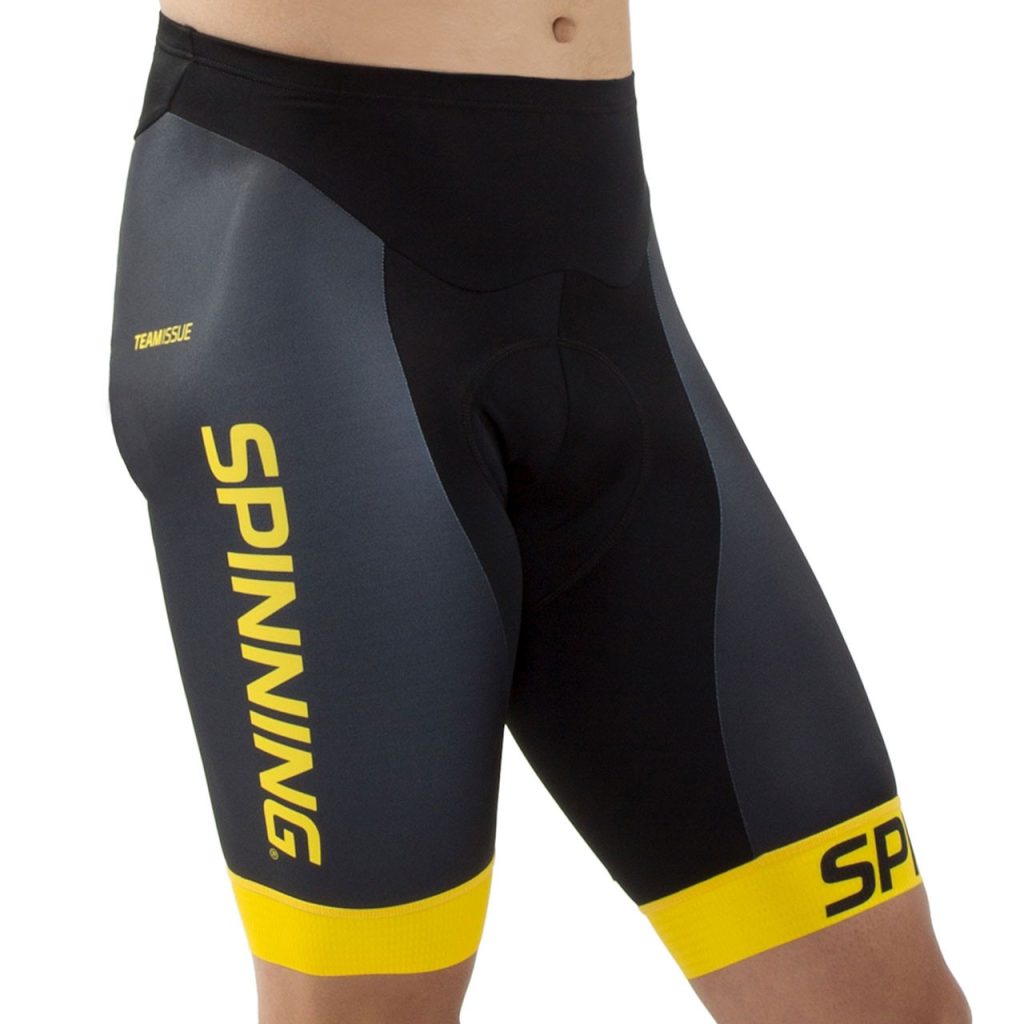
Bib Shorts vs. Regular Cycling Shorts
Bib shorts include suspender-like straps that provide a secure, non-restrictive fit around the waist. They keep the chamois in place, enabling better posture and reduced resistance. Regular cycling shorts, without the straps, may shift during the ride, requiring adjustments.
Bib shorts stay put; regular shorts risk movement.
In conclusion, choosing between bib shorts and regular shorts, as well as selecting the right type according to your cycling activity, can greatly influence your comfort and performance. Whether you value the aerodynamics of road shorts, the durability of MTB shorts, or the quick-change ability of triathlon shorts, getting the fit right is essential for a good ride.
The Correct Way to Wear Cycling Shorts
Cycling shorts must be worn the right way to gain full benefits. They should sit snugly, with the chamois close to your skin. No extra layers are needed. This way, they cushion and support adequately during the ride. A snug fit is crucial. A good fit enhances the shorts’ moisture-wicking properties, letting them draw sweat away efficiently. Correctly worn, they minimize chafing and allow for a smoother ride.
How to Determine If Cycling Shorts Fit Well
To check if your cycling shorts fit, look for a snug, but not tight, embrace of your body. Ensure they cover without pinching or restricting. The waist should fit comfortably while the leg grippers stay put. If you can move easily and feel supported, they fit well. Remember, proper fit is key for avoiding discomfort and ensuring long hours on the saddle.
The waist shouldn’t dig in, and the leg openings mustn’t leave marks or slide up as you pedal. Also, the shorts should not bunch up or create visible wrinkles. These are signs they fit poorly. It’s often worth trying several pairs to find your best fit.
Common Misconceptions About Cycling Shorts
People sometimes think tight cycling shorts will cut off circulation. Not true—if they’re the right size. Another myth is that undergarments are necessary. Actually, this creates more friction. Rightly fitted shorts need no extras underneath. Lastly, some believe shorts’ quality doesn’t matter. But better material promises better comfort and endurance. Quality shorts, fitting well, make a difference for cyclists of all levels.
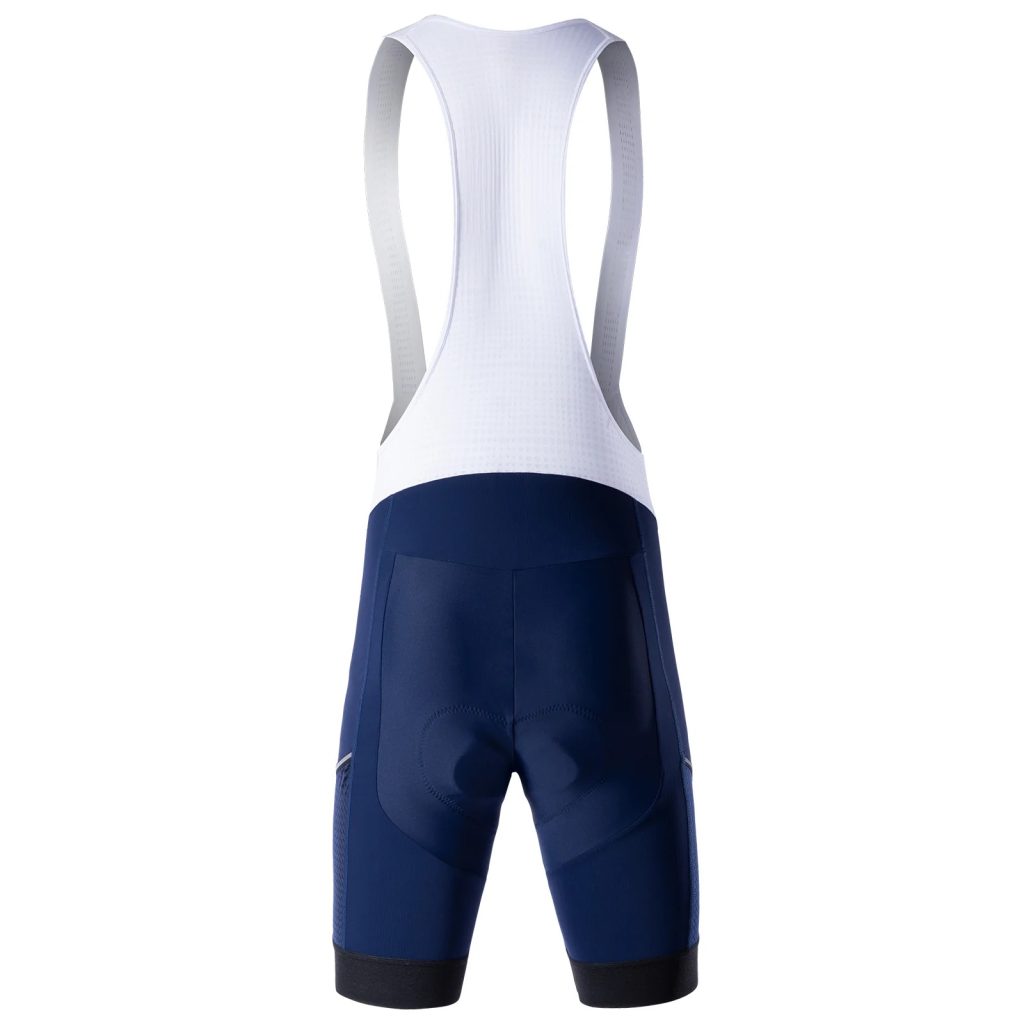
Features to Look for in Quality Cycling Shorts
Material and Fabric: What to Choose
When hunting for quality cycling shorts, material matters. Aim for durable, stretchy fabrics like nylon or spandex. These offer comfort and let your skin breathe. Shorts should wick moisture away, keeping you dry. A hint of spandex gives that stretch you need for pedaling with ease. Before buying, touch and stretch the fabric. Quality will feel smooth, not scratchy, and rebound after pulling.
Essential Features for Long-Distance Cycling Comfort
For rides that last hours, a few features in cycling shorts can make or break comfort. First, a well-designed chamois is a must. It cushions your sit bones and cuts down on chafing. Shorts with flatlock seams prevent skin irritation. Leg grippers should be wide and comfy to stop shorts from riding up. Also, a waistband that’s firm yet flexible adds to comfort. Breathable mesh panels are a boon for keeping cool. Last but not least, pockets might be handy for stashing small items while on long rides.
Maintenance Tips for Cycling Shorts
How to Wash and Care for Your Cycling Shorts
Caring for your cycling shorts ensures they last longer and perform well. Here are simple steps to follow:
- Wash After Every Ride: Prevent bacteria and odor by washing your shorts post-ride.
- Use Gentle Detergent: Use mild detergents to protect shorts’ fabric and padding.
- Avoid Fabric Softeners: Skip softeners; they harm moisture-wicking properties of your shorts.
- Hand Washing Is Best: If possible, hand wash to prolong your shorts’ life.
- Machine Wash on Gentle Cycle: Use cold water and a gentle cycle if machine washing.
- Fasten Velcro Straps: Close all straps and fasteners to prevent snags during washing.
- Wash With Similar Fabrics: Wash with similar technical fabrics to avoid damage.
- Air Dry Your Shorts: Skip the dryer; air drying prevents heat damage to the elastic and fabric.
- Do Not Iron: Ironing can damage the shorts’ stretch and fit.
- Store Properly: Store in a dry, cool place away from direct sunlight.
By following these maintenance steps, you help ensure your cycling shorts keep you comfortable on every ride.
Conclusion: Ensuring Comfort for Every Ride
Comfort is crucial in cycling, and the right shorts can make a big difference. Select shorts that fit well, offer good support, and are made for your type of riding. This enhances your performance and enjoyment.
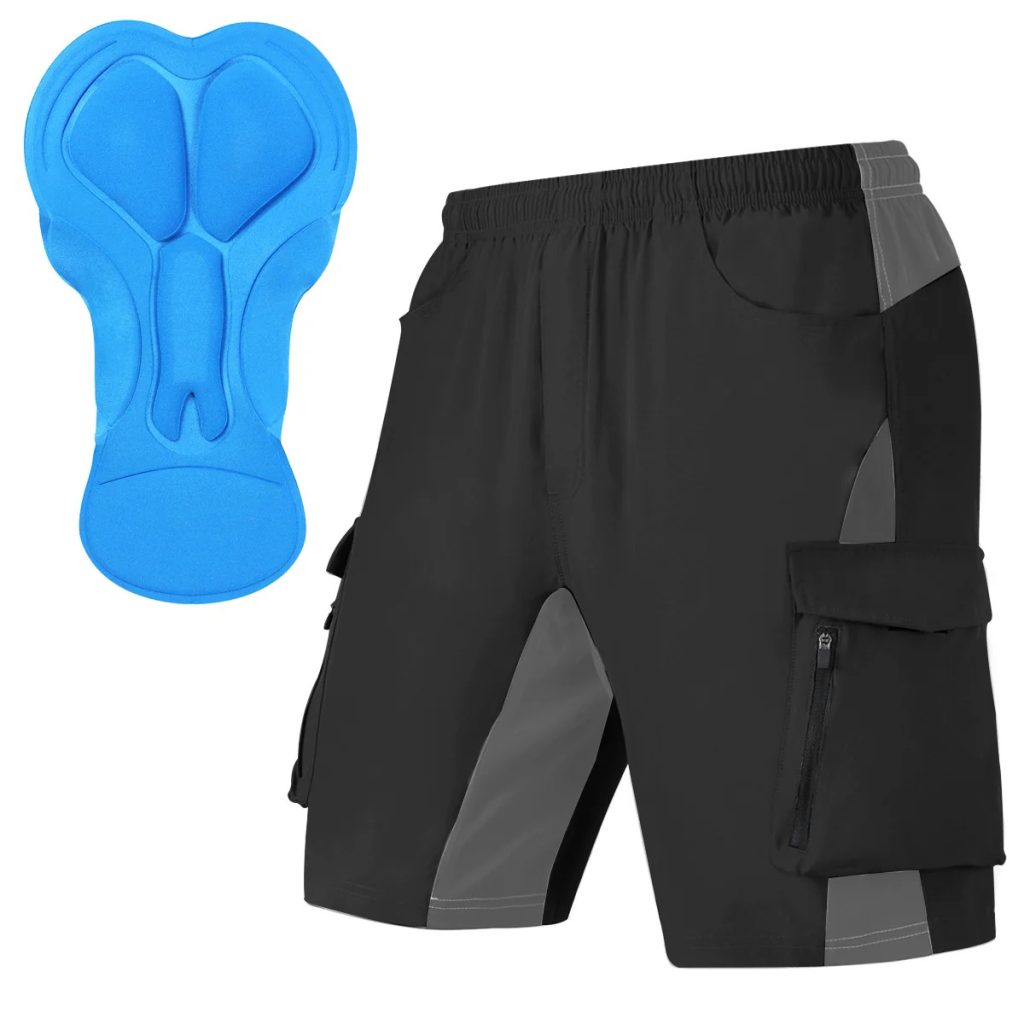
Final Thoughts on Selecting the Right Cycling Shorts
To choose the best cycling shorts, focus on fit and chamois quality. Aim for materials that stretch and wick moisture. Remember to care for your shorts properly by washing them gently and air drying. The right shorts will improve your comfort, making every ride better.
